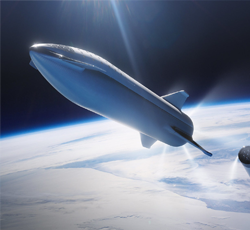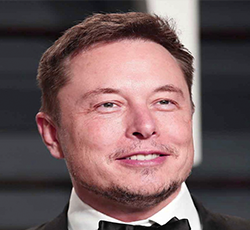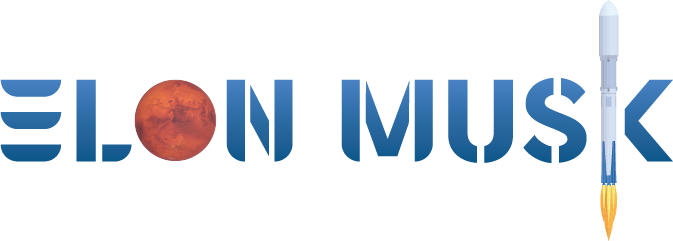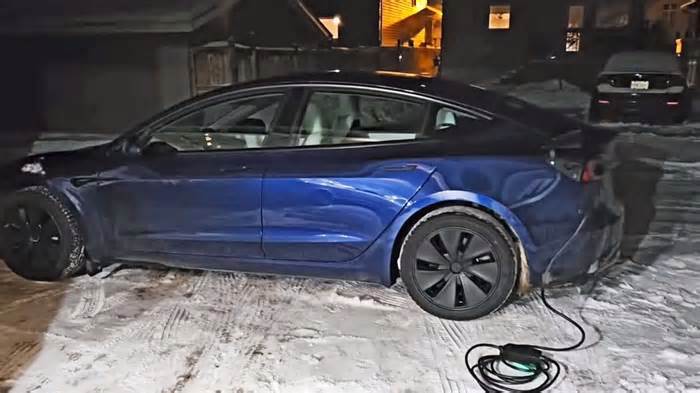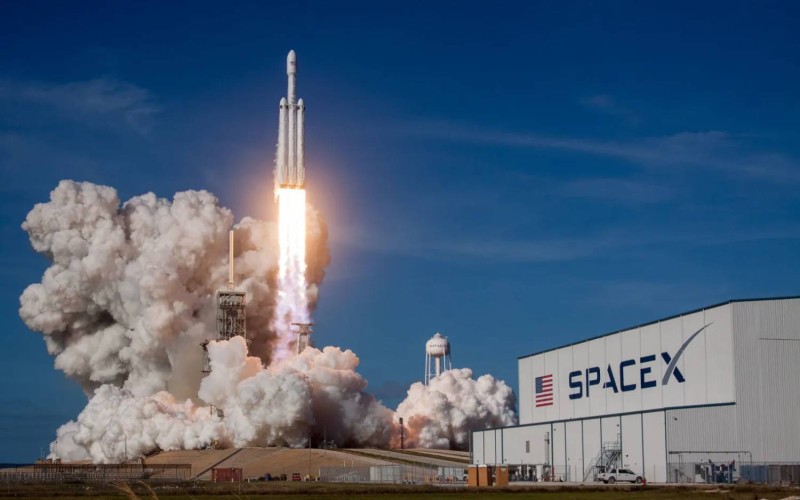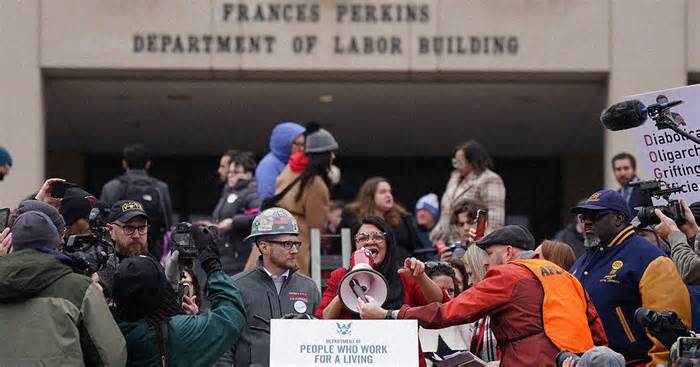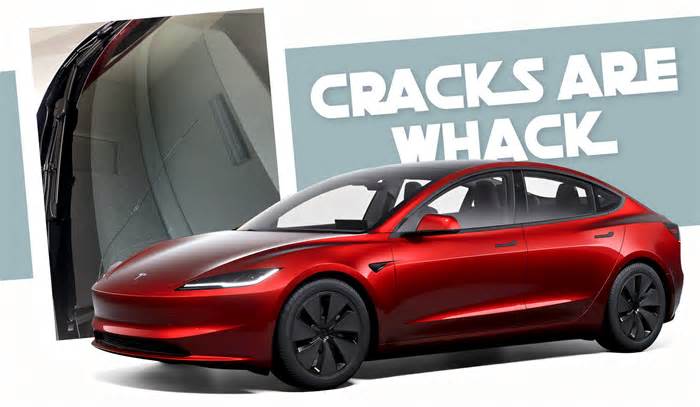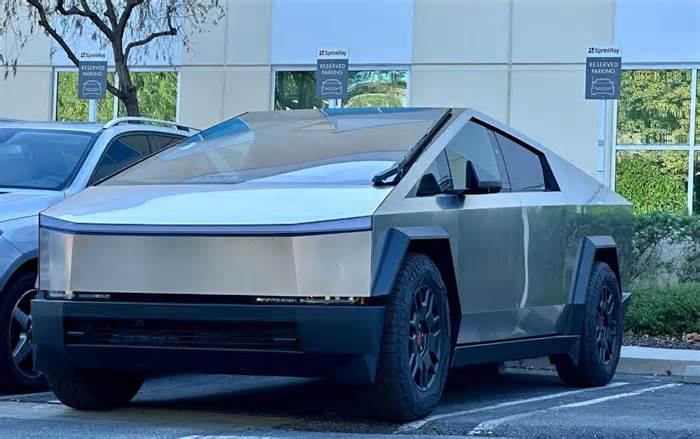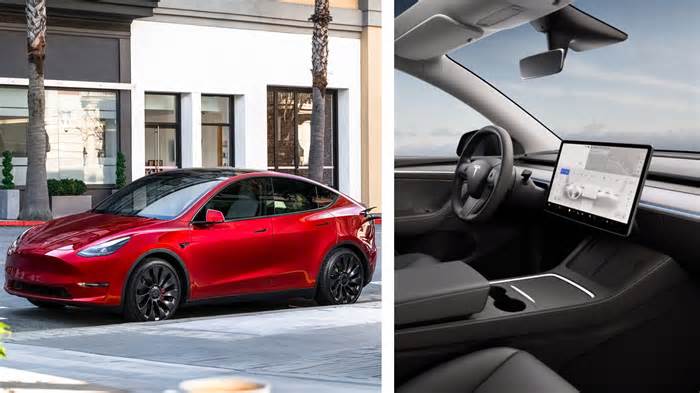
Elon Musk’s Starlink: A lifeboat for rural Canada or a dangerous trojan horse?
- by The Globe and Mail
- Jan 16, 2025
- 0 Comments
- 0 Likes Flag 0 Of 5
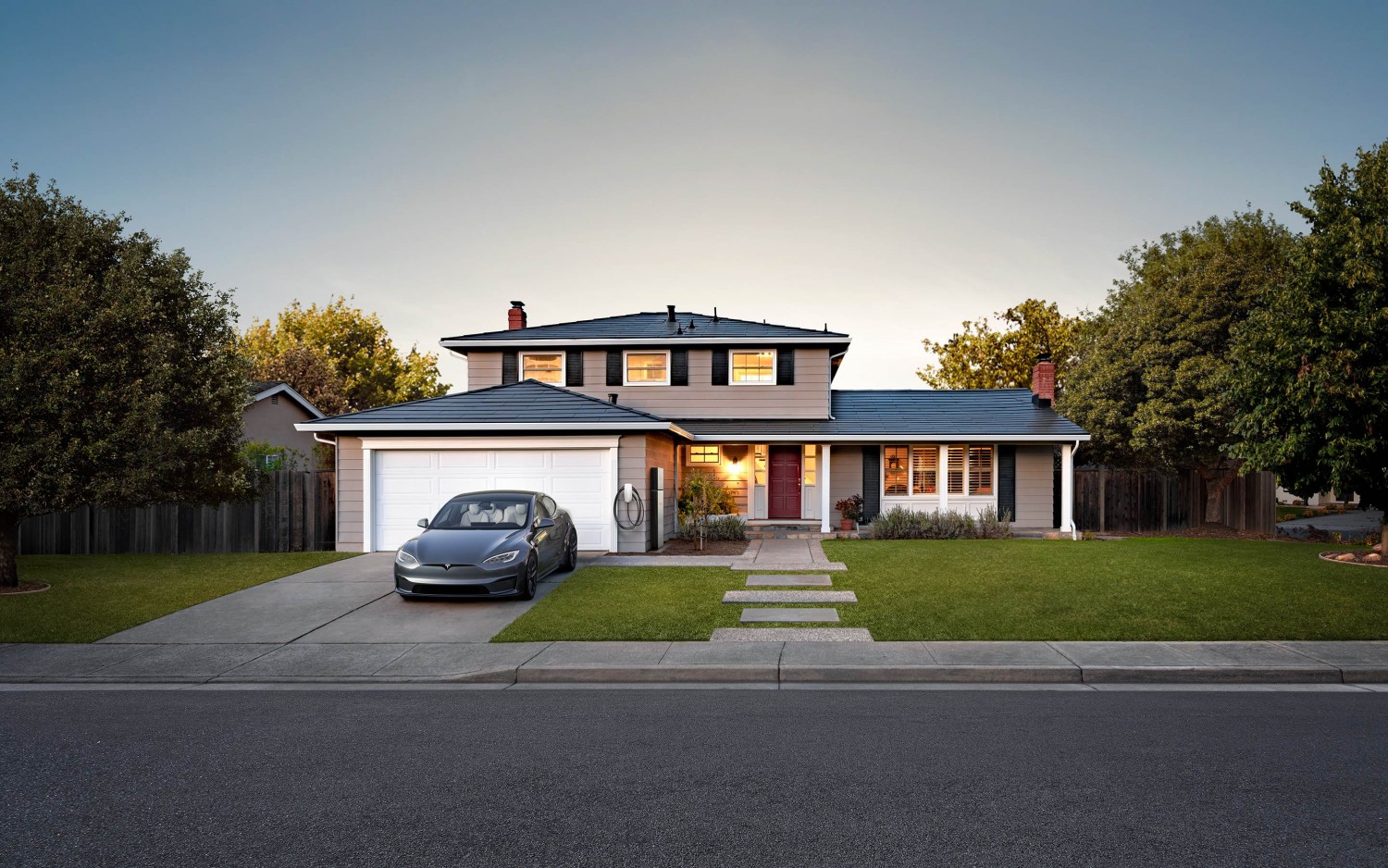
Create Free Account
Peter Garland is a doctoral student in the School of Journalism and Communication at Carleton University and holder of the American Institute of Aeronautics and Astronautics 2014 award for contributions to space communications.
Rob McMahon is a professor in the department of political science at the University of Alberta and a member of the First Mile Connectivity Consortium.
Dwayne Winseck is a professor at Carleton’s School of Journalism and Communication.
Elon Musk’s Starlink satellite service has grown rapidly in Canada since its launch five years ago. Starlink now has 400,000 subscribers and by the end of 2024 it had an estimated revenue of $420-million. It is the sixth largest internet service provider (ISP) in the country and is set to grow much bigger. For example, the Ontario government’s recent commitment of $100-million to fund subscriber equipment and assured capacity starting in June, 2025, will boost Starlink’s presence in its rural communities even further.
Starlink serves towns, farmers, cottages and Indigenous communities in locations where broadband internet access is typically poor and prohibitively expensive, if it is available at all.
There is no doubt of the technical innovation represented by Starlink. With more than 6,000 satellites in orbit and another 34,000 said to be in the low-earth orbit (LEO) constellation’s pipeline, Starlink has clearly demonstrated its own viability, and that of LEO services generally in Canada. By our reckoning, Starlink surpassed Xplore Inc. in 2022 as the leading satellite-based provider of rural and remote internet access service in Canada.
In assessing the reason for the rapid uptake of Starlink’s services, the most obvious answer is because it is there. Given the decades-long failure of federal and provincial governments to develop rural internet and close the digital divide, Starlink provides rural populations and our politicians with a lifeboat.
Nonetheless, there are some long-term issues regarding LEO constellations – and Starlink specifically – that must be considered. As a rural ISP, Starlink provides service to the end user and determines price, the technology deployed at the consumer premise (that is, a proprietary Starlink router and antenna), and the content available to the consumer, all entirely controlled from the United States. This raises questions of sovereignty and security that have shaped Canadian telecommunications policy since the dawn of the telegraph. Should Canadians be concerned that a U.S. billionaire with close ties to the White House owns the whole vertical chain from the satellite’s launch to the end user’s terminal?
Also, in its recent funding announcement, the Ontario government claimed it has purchased dedicated capacity assurances; whereas elsewhere Starlink has mentioned throttling basic services to meet demand from premium service customers. If so, what happens to residential customers outside of the Ontario service area? What if such customers include the Department of Defense or another arm of the U.S government?
Given Mr. Musk’s strident conception of free speech and his clout in the incoming Trump administration, he may also be able to influence Canadian broadband policy and even programming offered via streaming or social media services. Since Starlink’s ownership structure is highly centralized, what happens if the man with control of the on-off switch for the LEO technology stack were to object to, for instance, Canadian Radio-television and Telecommunications Commission regulations, rules over information disclosure, or consultation and engagement with Indigenous communities?
As well, there’s an issue of the disappearance of local jobs. In Northern regions, many residents of fly-in communities have rapidly adopted Starlink, affecting the market for services offered by Northwestel and Indigenous non-profit providers such as K-Net and Broadband Communications North. Unlike Starlink, these companies have substantial domestic operations that generate local employment for technicians based in communities that often lack traditional economic opportunities.
There are other options on the horizon, demonstrated by recent financing commitments from Innovation, Science and Economic Development Canada and the Quebec government for Telesat’s Lightspeed LEO constellation, which is proposed to deploy in 2026.
Lightspeed’s community aggregator model appears to offer a “made in Canada” wholesale service that enables a more diverse range of providers, whether commercial or non-profit in orientation or local, regional or national in scope. A wholesale access model also allows for more flexible, standards-based consumer terminals that use local terrestrial cellular or fiber connections for distribution, which are potentially more responsive to local and regional concerns and offer more points of contact for end users.
It is clear that Starlink has a role to play in Canadian rural communications, certainly in the short term. It is also clear that Canadian governments are investing in a role for LEO constellations in our future communications infrastructure.
But beyond subsidies in space manufacturing capability and customer premise equipment, is there a visionary long-term plan that takes into consideration all aspects of Canadian rural and Arctic communications, both in terms of community civilian support and Arctic sovereignty infrastructure?
Please enable JavaScript to view this content.
Please first to comment
Related Post
Stay Connected
Tweets by elonmuskTo get the latest tweets please make sure you are logged in on X on this browser.
Sponsored
Popular Post
tesla Model 3 Owner Nearly Stung With $1,700 Bill For Windshield Crack After Delivery
34 ViewsDec 28 ,2024
Middle-Aged Dentist Bought a Tesla Cybertruck, Now He Gets All the Attention He Wanted
32 ViewsNov 23 ,2024





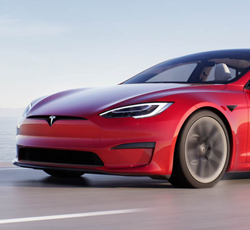
 Energy
Energy